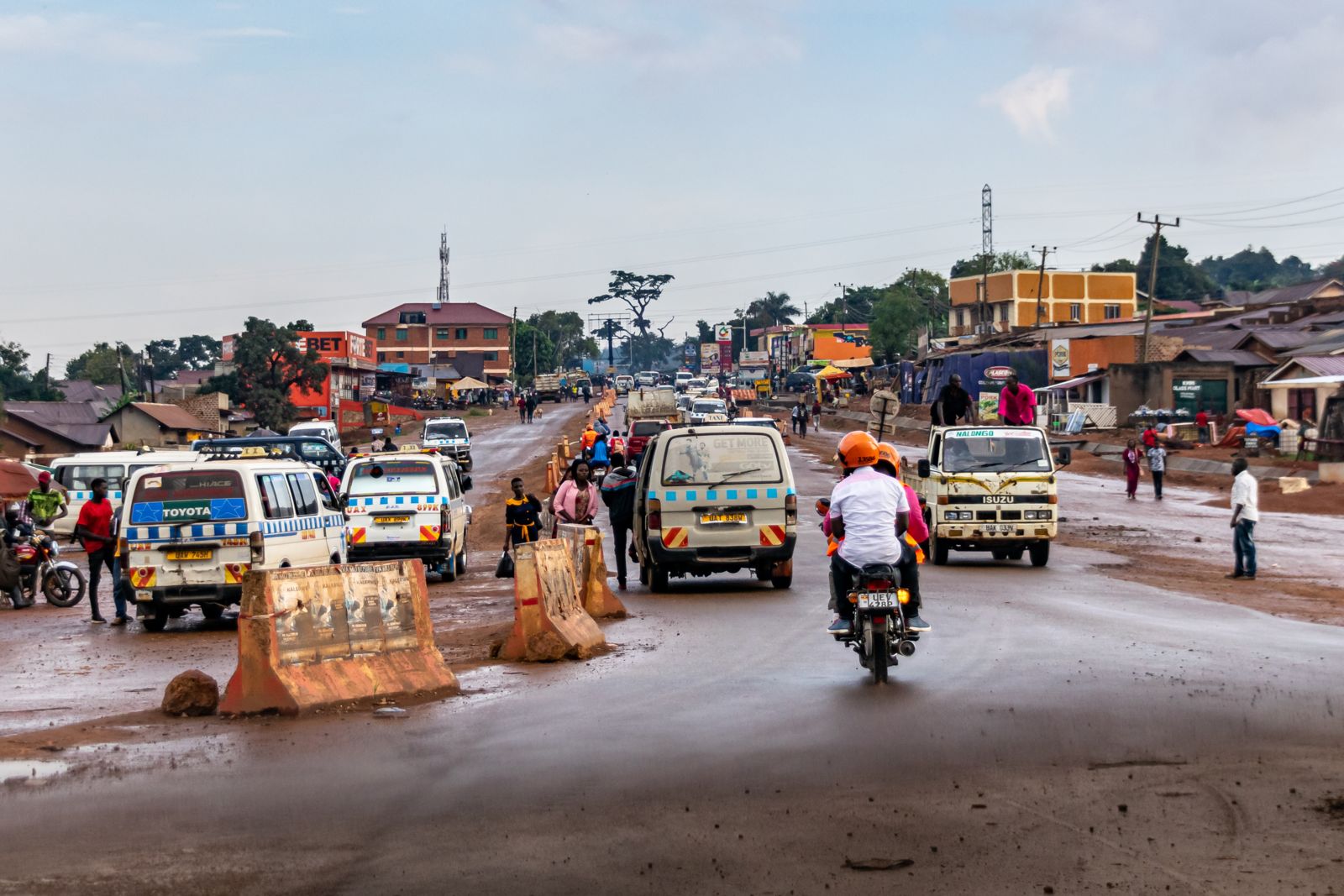Mass exclusion from the national ID system in Uganda
For almost a decade, the national digital ID system in Uganda has been built on promises of increasing inclusion and fostering security. These commitments have often proven elusive for the most vulnerable, highlighting serious concerns about the enforcement of human rights in the context of digital government.
Uganda’s national ID system, also known as Ndaga Muntu, follows a structure similar to many centralized ID systems. It is organized around a central database where personal and biometric information is digitized and stored. The National Identification and Registration Authority (NIRA) was established to administer this database; to collect data, including biometric fingerprint scans and facial photographs; and to issue a unique national ID number and a national ID card to those who successfully pass a citizenship verification process.
In the years since it was introduced in 2014, NIRA has struggled to ensure that every eligible adult is successfully enrolled. Recent estimates from the auditor general suggest that over 10.8 million IDs had not been processed, and more than 13.65 million IDs had not been issued. There have been numerous accounts of errors, as well as a fee schedule that makes it prohibitively expensive for many in Uganda to remedy errors or replace lost or damaged cards. The result has been mass exclusion, particularly for those who belong to marginalized groups, including older persons, women, ethnic minorities, and people living in poverty.
Making matters worse: The peril of too much integration
By itself, this exclusion is troubling enough, as millions of Ugandans have been shut out of the national ID system, a key source of official identity. To make matters worse, individuals must now prove their identity through this flawed system before they can access healthcare, social security, and other services. The Registration of Persons Act, 2015, the legislation underpinning the national ID system, codifies this integration. Institutions providing public services are now required to request either a national ID number or a national ID card.
Combined with the problem of mass exclusion, this overly ambitious agenda for the integration of the national ID has led to a catalog of harms. Thousands of older persons have been excluded from a key social protection program aimed at alleviating poverty, the Senior Citizens’ Grant. As a result, they are denied access to what is often their only source of income and risk falling even deeper into extreme poverty. There have also been numerous accounts of women and children who lack a national ID card being “chased away” from health centers at times when they are in desperate need of medical care.
The national ID system has therefore become an insurmountable barrier to accessing life-saving services for some of the most vulnerable, who are unable to navigate the administrative, legal, technical, and financial hurdles imposed by NIRA.
Enforcing human rights in the context of digital IDs and digital government
Against this backdrop, three Ugandan civil society organizations—the Initiative for Social and Economic Rights, Unwanted Witness, and the Health Equity and Policy Initiative—have brought a legal challenge. The applicants argue that the mandatory use of the national ID system violates the right to health and to social security, as well as to equality and nondiscrimination. They seek both a formal declaration acknowledging these serious violations and immediate remedies for those who have been excluded. These would include allowing alternative forms of ID and judicial oversight of the national ID system.
This is certainly not the first case to challenge a national digital ID system on the grounds that it violates human rights. Legal challenges in India, Kenya, and Jamaica have resulted in decisions that limit, or even nullify entirely, similar national digital ID systems. In Jamaica, for instance, the Supreme Court found that a proposed digital ID system was unconstitutional on the grounds that mandatory registration in the program, which collected extensive biographic and biometric information, violated the right to privacy. Courts have consistently acknowledged the serious risks of exclusion and discrimination, sometimes even softening mandatory requirements to allow for alternatives. However, exclusion has not yet been grounds for invalidating a system and, even after judicial interventions, problems of exclusion, fraud, and errors often persist.
What makes the case in Uganda novel is both an extensive record of harms and a central focus on using economic and social rights to rein in a digital ID system. Under numerous human rights treaties to which Uganda is bound, the government has strong positive obligations to provide equitable access to essential services, as well as strong negative obligations against introducing retrogressive measures and introducing discriminatory barriers. The Uganda High Court has already accepted an amicus briefing from a former UN special rapporteur on extreme poverty and human rights, which lays out the extremely heavy burden that must be placed on the government to justify its action—and inaction—in addressing barriers to access.
Given the Ugandan government’s frank acknowledgement of its struggles to make the digital ID system work, it will be difficult to provide an acceptable justification for well-documented harms and ongoing damage to the healthcare and social protection systems.
For the individuals excluded from public services in Uganda, immediate remedies are urgently needed, which will undoubtedly be the primary focus of the case as it progresses. But the court has also been presented with an opportunity to transform emerging jurisprudence around digital ID systems—by examining the evidence and acknowledging that using a national digital ID system that bars marginalized groups from systems of social protection and healthcare constitutes a serious human rights violation. The court could send a powerful message that governments must prioritize access to economic and social rights over the often elusive promises of digital IDs.

